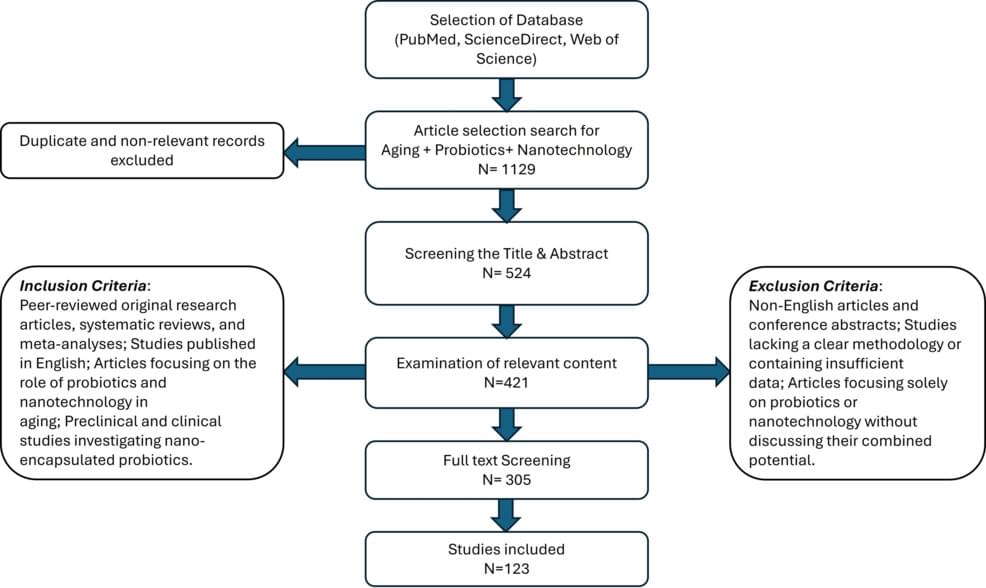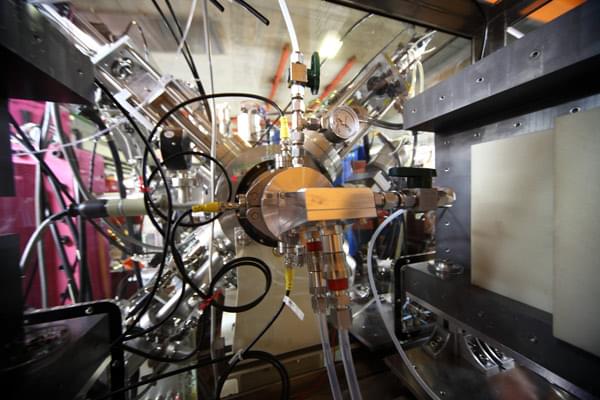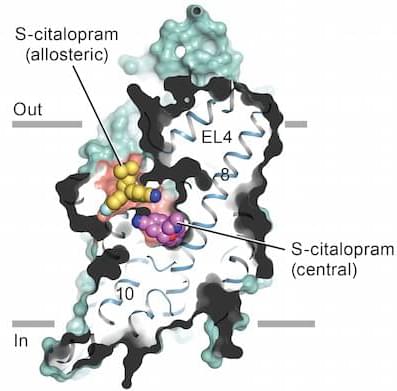Over The Horizon
Get the latest international news and world events from around the world.


AI For Everyone, Everywhere: My Instant AI Expands Prepaid Platform With CHARM✨ Vibe Coding Tool
A web-based vibe coding tool that removes barriers and empowers creators worldwide to develop with artificial intelligence. FOR IMMEDIATE RELEASE — Press Release Is Available On PR Newswire https://www.

Nanobiotechnology Unveils the Power of Probiotics: A Comprehensive Review on the Synergistic Role of Probiotics and Advanced Nanotechnology in Enhancing Geriatric Health
The geriatric population, comprising ages 65 and above, encounters distinct health obstacles because of physiological changes and heightened vulnerability to diseases. New technologies are being investigated to tackle the intricate health requirements of this population. Recent advancements in probiotics and nanotechnology offer promising strategies to enhance geriatric health by improving nutrient absorption, modulating gut microbiota, and delivering targeted therapeutic agents. Probiotics play a crucial role in maintaining gut homeostasis, reducing inflammation, and supporting metabolic functions. However, challenges such as limited viability and efficacy in harsh gastrointestinal conditions hinder their therapeutic potential. Advanced nanotechnology can overcome these constraints by enhancing the efficacy of probiotics through nano-encapsulation, controlled delivery, and improvement of bioavailability. This review explores the synergistic potential of probiotics and advanced nanotechnology in addressing age-related health concerns. It highlights key developments in probiotic formulations, nano-based delivery systems, and their combined impact on gut health, immunity, and neuroprotection. The convergence of probiotics and nanotechnology represents a novel and transformative approach to promoting healthy aging, paving the way for innovative therapeutic interventions.

Building capacity to beat cancer with a targeted radiopharmaceutical
The suite of powerful particle accelerators at RIKEN has a long history of dual-purpose use. As well as the central role these instruments play in fundamental nuclear physics research, they have also long been employed in the production of valuable radioisotopes.
Today, some of the strongest radioisotope demand comes from medicine, where they are used in imaging and increasingly, as cancer treatments. Currently, there is a rapidly growing interest in astatine-211, a promising radioisotope for the potential selective treatment of numerous cancers.
Fortunately, innovative new methods for producing astatine-211 in practical amounts have recently been pioneered at our facility. And, a recently launched human clinical trial at Osaka University Hospital of an astatine-211 based anticancer radiopharmaceutical, a first for Japan, is leveraging these new production abilities. (Circa 2024)
RIKEN’s particle accelerator facilities are producing astatine-211, a radioisotope with great promise for selective anti-tumor therapies, says Hiromitsu Haba.


Avatars for Astronaut Health to Fly on NASA’s Artemis II
NASA announced a trailblazing experiment that aims to take personalized medicine to new heights. The experiment is part of a strategic plan to gather valuable scientific data during the Artemis II mission, enabling NASA to “know before we go” back to the lunar surface and on to Mars.
The AVATAR (A Virtual Astronaut Tissue Analog Response) investigation will use organ-on-a-chip devices, or organ chips, to study the effects of deep space radiation and microgravity on human health. The chips will contain cells from Artemis II astronauts and fly side-by-side with crew on their approximately 10-day journey around the Moon. This research, combined with other studies on the health and performance of Artemis II astronauts, will give NASA insight into how to best protect astronauts as exploration expands to the surface of the Moon, Mars, and beyond.



Visualizing Transporter Structure Creates Platform for Antidepressant Drug Design
Researchers at Oregon Health and Sciences University’s Vollum Institute have revealed the molecular structure of the serotonin transporter (SERT), providing new insight into the mechanism of antidepressant action of two widely prescribed selective serotonin reuptake inhibitors (SSRIs) commonly used to treat depression. In their Nature paper, authors Jonathan Coleman, Evan Green, and Eric Gouaux describe their use of X-ray crystallography to capture images of human SERT structures. They collected data at the Beamline 5.0.2 in the Berkeley Center for Structural Biology and used the Phenix software suite to build models and refine the structures. The resulting structures show antidepressants citalopram and paroxetine lock SERT in an outward-open conformation, directly blocking serotonin binding.